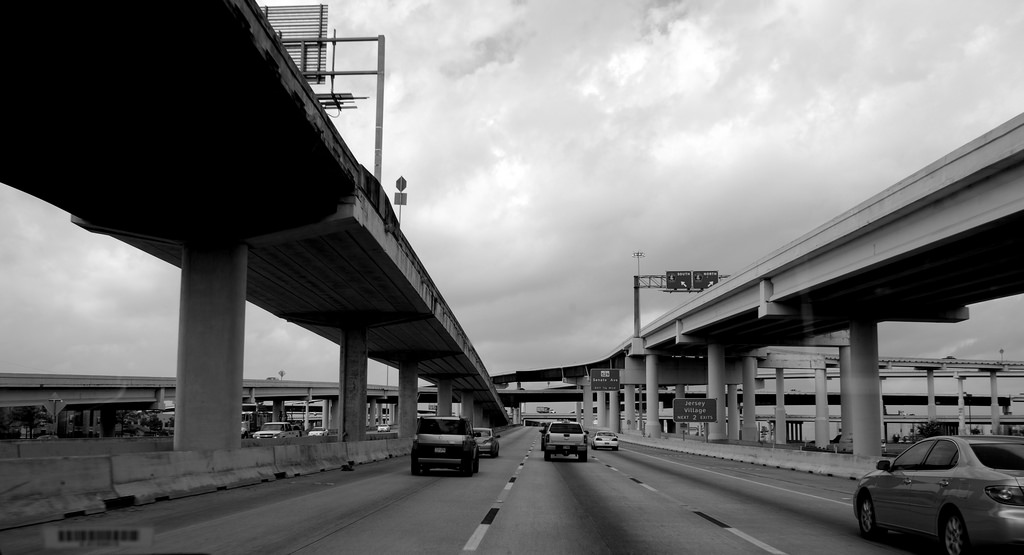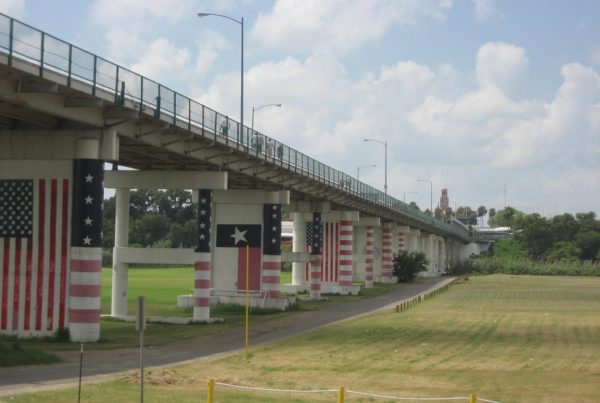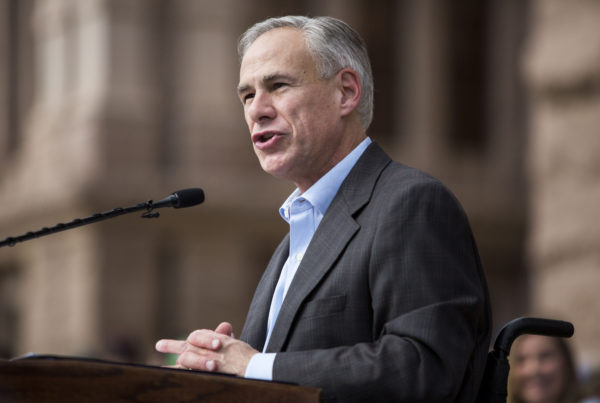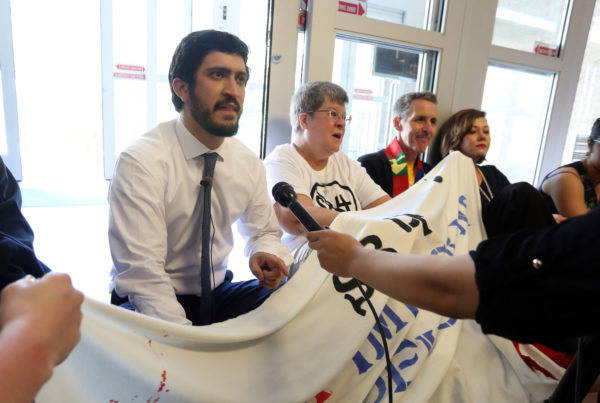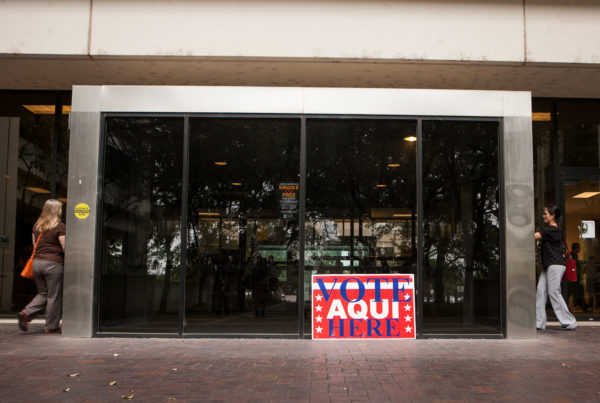The story of Houston is more than the history of a shipping channel, oil and gas or the space program. It’s also the story of the highways that link these industries with the people and resources that created growth. Houston highways also changed the layout of communities – relocating some neighborhoods and hemming in others.
A new book, ‘Power Moves,’ tells the story of the relocated neighborhoods together with the people and communities whose homes and businesses were built over. Author Kyle Shelton is also the director for strategic partnerships, and a fellow at Rice University’s Kinder Institute for Urban Research.
Shelton says Houston had one highway in 1950. “[Houston] was in the vanguard of cities that were inventing and building themselves at the time – that car-based growth [was] happening.” Shelton says. “Houston, along with Phoenix and Los Angeles and several other sunbelt cities, really grew around the transportation infrastructure they built in the early post World War II era.”
Though Shelton says the results of highway-centric development can be debated, it’s not fair to do so in hindsight.
“There are some really legitimate reasons to question how we made our decisions that are just about highways,” says Shelton. “[It isn’t fair to say that] in 1955 [planners] should have known that over-focusing on highways would lead to all these consequences.” Shelton says, “It is fair to say …that Houston and all these other cities focused on highways to the detriment of public transportation, bicycle infrastructure and pedestrian infrastructure.”
“Power Moves” describes not just how debates over highway construction grow out of urban and metropolitan politics. Shelton also describes highway building’s impact on individuals and neighborhoods.
“In the 1950s and 1960s…from the wealthier suburbs to lower-income communities, no one really had a lot of communication with public officials who were designing this,” says Shelton.
In the 1970s, federal law called for more public comment and slowed down the process of planning and building highway systems. “At this point there certainly never has been a perfect public engagement process,” he says.
“Moving up to today…the major projects we’re confronting now, in cities across the country, are projects that are being discussed and debated for decades,” Shelton says.
Public officials really need to explain why projects are needed, what the benefits are, and the public needs to communicate back.
“It’s too easy,” says Shelton “to dismiss people’s meaningful thoughts, if they don’t have the kind of technical basis to understand the project.”
Shelton says cities like Houston, that have emphasized highways, face challenges.
“It can’t be just highways or just public transportation,” he says. “Those two cannot be at loggerheads any more, If we want to be able to see a [transportation] system that works for everybody and gives people lots of options, [then] giving lots of different folks from lots of different neighborhoods the time and space to participate in that [planning and developing the system] is key.”
Written by Christopher De Los Santos.


